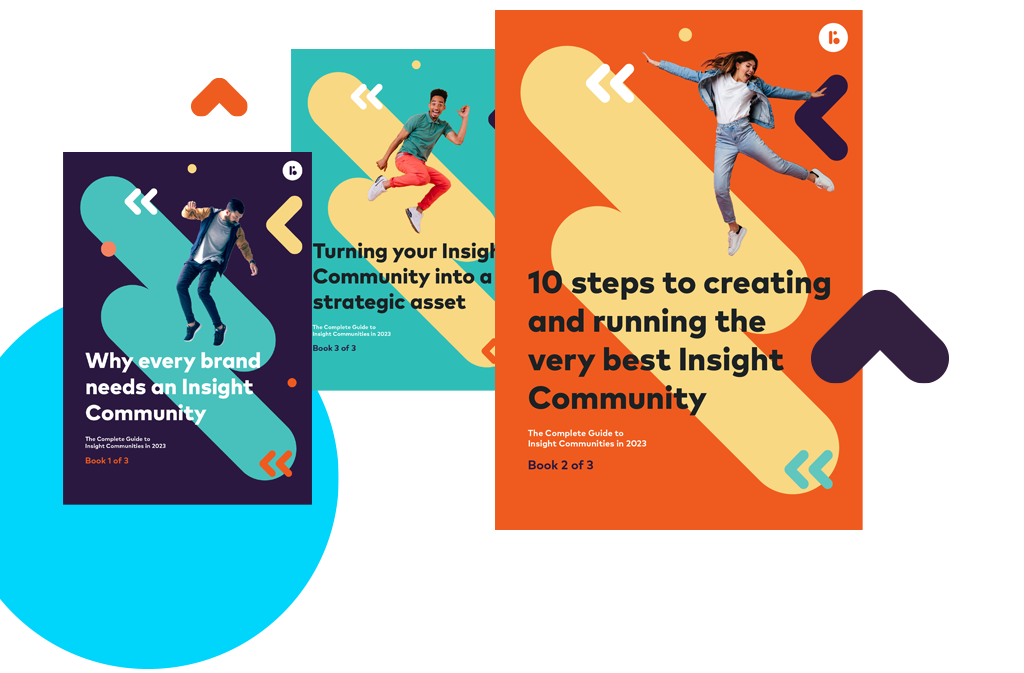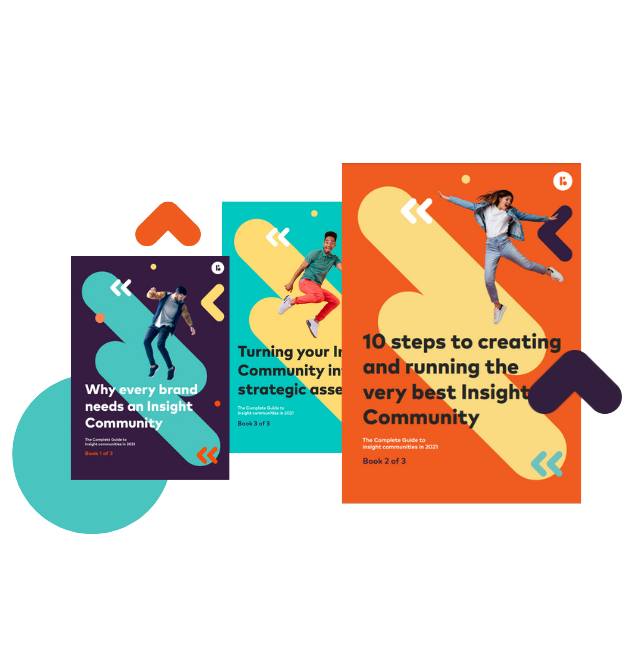Ensuring ROI
The whole point of having an Insight Community is to make better-informed decisions. The problem is that it can be tricky to put a monetary cost against this.
Here’s 7 ways you can measure ROI:
Stakeholder impact: How has the Insight Community and the projects run through it helped stakeholders? Have its insights been valuable? Has it provided strong findings for negotiations with buyers or suppliers? Has it made senior people’s job easier? Have processes changed because of it? This might be a bit tricky to measure but by looking through the different projects you’ve used your community for, you’ll soon have a good idea on the impact it might have had.
Value creation: Creating value. Saving money. Preventing losses. These are the three broad ways in which insight can help you to support profitability and growth. Value creation is the most eye-catching of these. Has the Insight Community led to decisions which have created new value for the business – for instance product launches, changes in policy, or other customer closeness initiatives?
Cost efficiencies: Has an Insight Community identified efficiencies and saved the business money? In many cases an Insight Community will itself be a long-term cost efficiency compared to the cost of the many research pieces it replaces.
The feedback from the community can also be vital for identifying areas of low priority for customers where money can be saved.
Insight accessibility: A community that makes insight more accessible and more embedded within the business is doing a good job, and this can be measured in multiple ways – views of outputs, internal email open and click rates, qualitative or survey feedback, and requests for user access.
Cross-charging: Some brands run their Insight Community as a chargeable internal resource, with other units/functions paying to conduct projects through it. If this is the case, ROI will be whether the community is paying for itself via internal usage.
Loss prevention: Prevent your brand from making mistakes and bad investments. Whilst Insight Communities can help with this, it’s the hardest to prove the value of, since it’s tricky to measure predicted losses. In some cases, though, the advice of an Insight Community will have been critical preventing such errors.
Volume & value of insight: One major reason for running an Insight Community is to replace and expand on existing research work while saving money in the long term. Run more projects and deliver more results, while reducing the cost.
These are some of the measures you can monitor as a way of demonstrating ROI. But in themselves they don’t prove that the Insight Community has been a business success. This is where you need to connect your measures to business issues and provide evidence that the community has had a beneficial impact.


